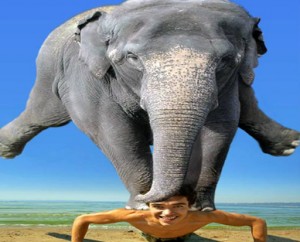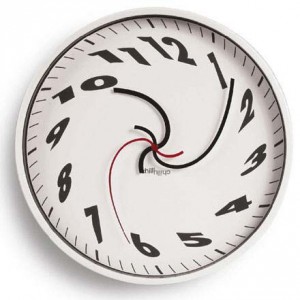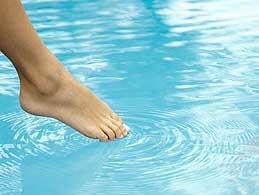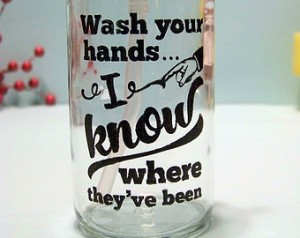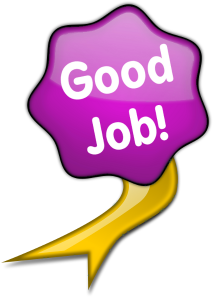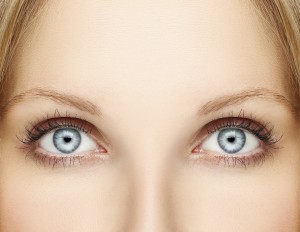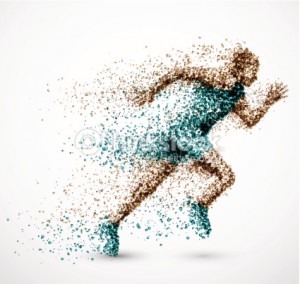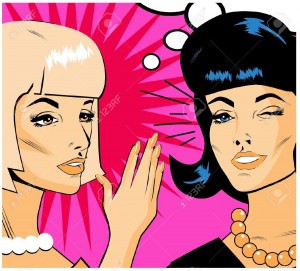Massage Opportunities and Life Learning
Massage therapists have an excellent opportunity not only to meet extraordinary people but also to learn from them. I have met many, and they have taught me many things.
After 20 years in massage therapy, many of my wounds have healed through touch, and I have tried my best to listen and learn from my clients. They have given me many thousands of gifts I might have otherwise missed.
I am very thankful for the opportunity to help people feel better through massage. We have had more than a few laughs and cries along the way.
Rarely, I am blessed with outright advice. A client celebrating his 103rd birthday told me “Never sell land.” We both had a laugh over that one. I practice in Orange County, CA, which in the past 60 years has gone from a stagecoach rut to an economic powerhouse with its own Riviera.
Early in my career I saved my money from massage and bought my own little patch of OC on the advice of another client. Good move. Wish I had bought two.
The visceral and the spiritual, of course. One client told me God inspired him to recite a psalm to me. “I don’t know why it is this one,” he said. “It just came to me.” (psalm 6. Boy was that one on the mark.)
Sometimes clients tell me exactly what is on my mind. Occasionally, I have told them. “This is grief,” I said to a client one day as I palpated the sternum at the 5th and 6th rib. It was as if I first heard the words as I said them. Where did that come from? It started her recovery from a long-suppressed tragedy.
When I worked at a big spa, a client asked me why I did not have my own shop. I admitted to being afraid of the nuts and bolts of business, such as books. “If you can add and subtract, you can do books,” she said. She was right.
How do we express gratitude to our clients? And how do our clients thank us? By being real people, present in the moment, sharing our journeys. Merry Christmas and Happy Holidays to all.

